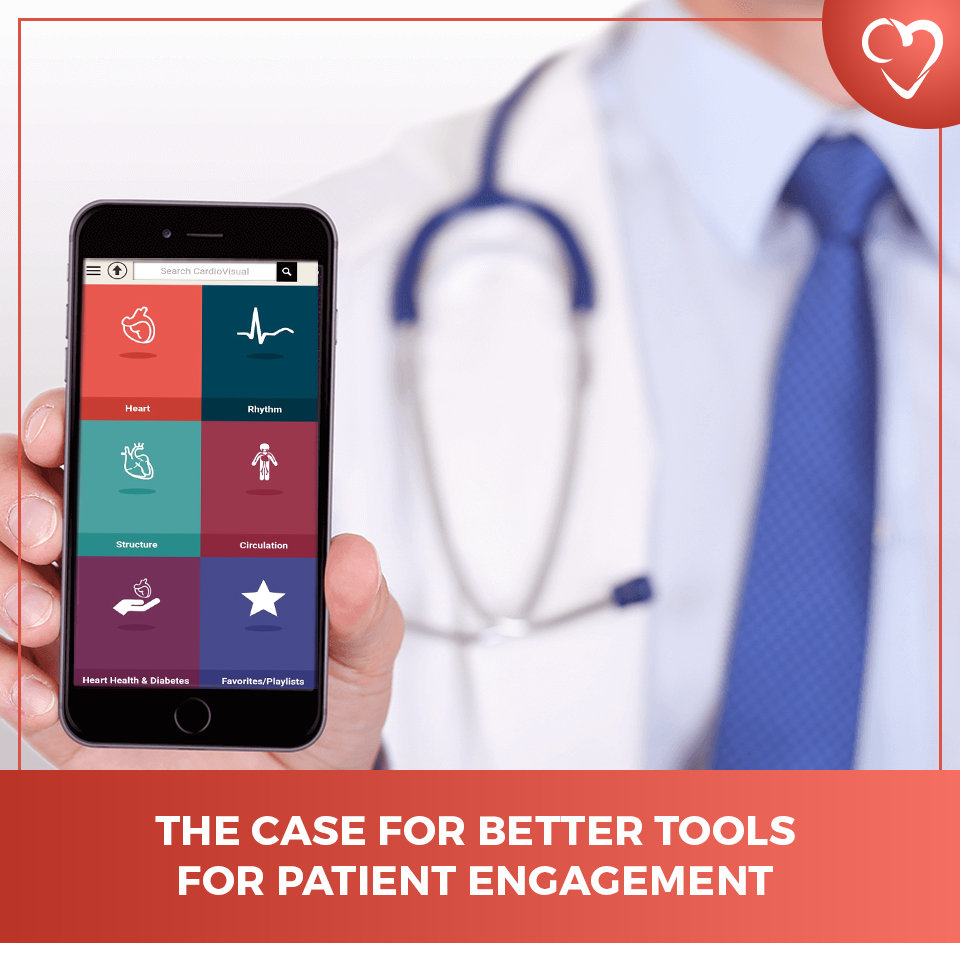
A recent article from Catalyst NEJM from Saira Ghafur and Eric C. Schneider argues for better customer service and stronger patient engagement in healthcare using digital tools in particular. Ghafur and Schneider compare healthcare to other sectors with regard to how innovation has driven improved customer service and engagement to huge profit impacts for companies outside the healthcare realm. “Consumer-focused companies have come to recognize that digital services are more likely to succeed when they extend or enhance human relationships rather than replace them,” they say. Ghafur and Schneider point out there are greater gains to be had in the healthcare space to make it more user-friendly, as “patients who have better experiences and are more engaged in their care, more likely to adhere to treatment, and may have better health outcomes.”
The authors point out that there are many new and exciting patient-facing healthcare technologies but healthcare organizations are slow to adopt them, partly due to a lack of financial incentive. But bringing in better tools for health awareness and education can make a difference in improving health outcomes. For instance, as the profile of regular cardiovascular patients changes and healthcare providers see a turn toward younger patients and more women, thanks to rising obesity and diabetes rates, healthcare providers are calling for better education and digital tools, much like CardioVisual, to reach patients while they’re young and educate them about heart risk before developing obesity and diabetes.
CardioVisual was built with many of the aspects that experts are calling for: with an intuitive interface that is easy for patients to use. CardioVisual can provide video information to patients about their health with clear explanations that are easy to recall as well as replay. CardioVisual hosts significant heart health information for patients and families. Simply click on the “Heart Health and Diabetes” icon on the lower left side of the app.